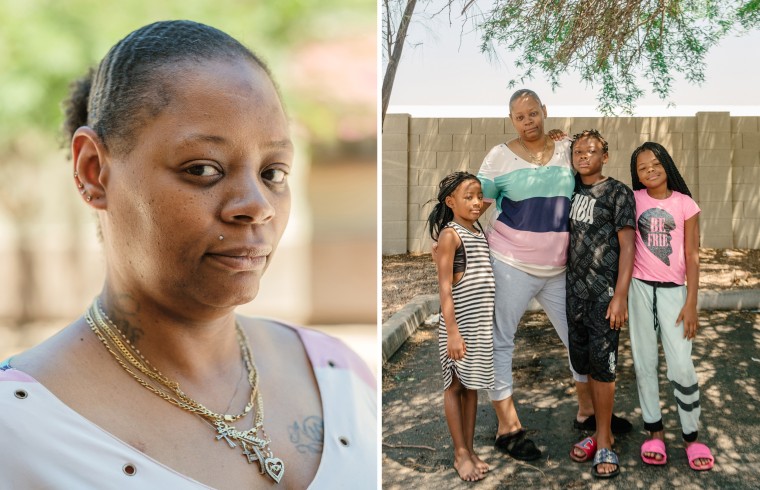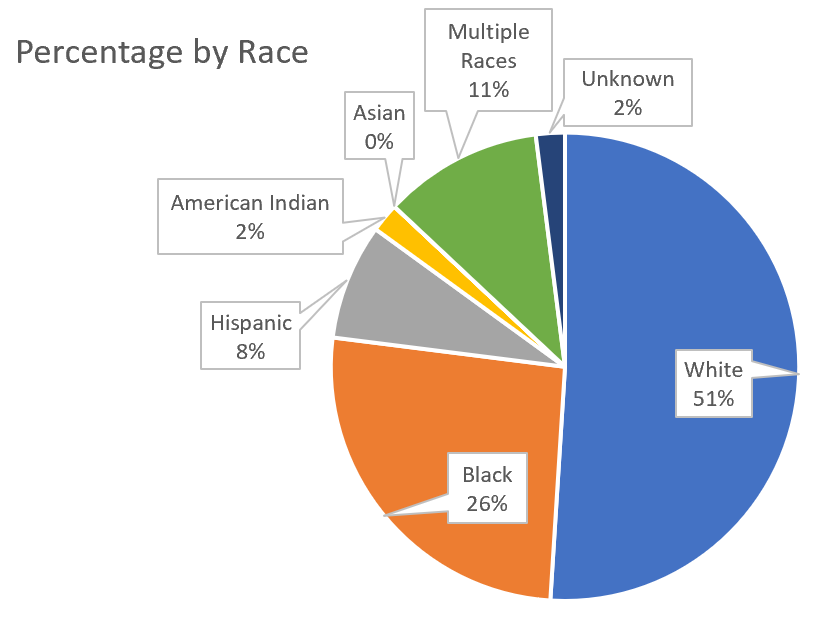

🧠 What is the “Dystopian Overlay” Really About?
Subtitle: “When protection becomes punishment, and help becomes surveillance.”
- The term “dystopian” is used metaphorically here — it signals how the family-welfare system can feel less like a support network and more like a high-stakes machine controlling lives.
- It highlights how the system’s structure and processes, especially for Black, Brown and immigrant families, mirror features of a dystopia: surveillance, separation, loss of agency, layered trauma.
- The goal: to shift the reader’s perspective from thinking “These are just cases” to “This is a system with patterns, power, and consequences.”
📋 Key Features of the Overlay
Subtitle: “Five threads weaving the dystopian texture.”
- Constant Surveillance & Threat
- Families living under “the knock on the door may lead to removal” fear.
- Investigations triggered by poverty, housing instability, or minor concerns — disproportionately in Black/Brown households. Children’s Rights+1
- The system watches, records, judges.
- Conditional Help
- Services (therapy, parenting classes, housing programs) are mandatory and tied to whether you keep your children.
- The message: “We will help if you do X, Y, Z.” That “if” creates power imbalance.
- It creates dependency and pressure rather than genuine support.
- Separation as Routine
- The removal of children from families is frequent — especially for Black families. Children’s Rights+1
- Once removed, children face trauma and parents face guilt, anxiety, grief. American Bar Association
- The system is not just reactive; separation becomes normalized in certain communities.
- Resource & Power Inequities
- Families of color often have fewer supports, less access to legal advocacy, less stable housing, greater financial vulnerability.
- Yet they’re held to the same standards (or harsher) when it comes to “fitness to parent.”
- This imbalance amplifies the feeling of being trapped in a system designed for someone else.
- Surveillance × Race × Immigration
- For Black, Brown, immigrant, or mixed-status families, the overlay becomes heavier: child welfare intersects with criminal justice, immigration enforcement, racism in mandated reporting.
- “Help” becomes not just oversight, but risk of additional systems stepping in (immigration, police, etc.).
- The result: many families avoid accessing help for fear of triggering unwanted attention.
🎯 Why This Matters
Subtitle: “Because when you see the dystopian pattern, you see the system — not just incidents.”
- When you view each family case in isolation, you might see “one bad outcome.” When you apply the overlay lens, you see systemic patterns — repeated across geography, race, class.
- It helps illustrate why reforms like “blind removal” are important but insufficient — the overlay shows that bias isn’t just in decisions, but in structures, resources, thresholds, definitions.
- It underscores that trauma and harm aren’t side-effects: they’re built into the way the system currently functions (especially for Black and Brown families).
- It invites a broader conversation about supporting families rather than policing them, about addressing root causes instead of just managing risk.
